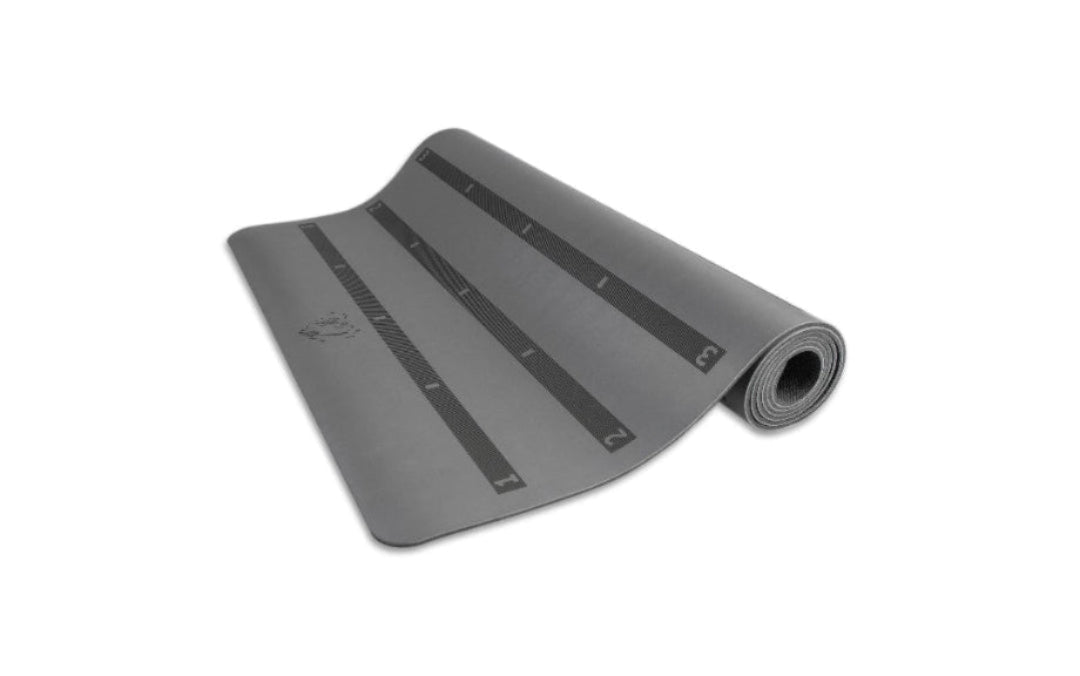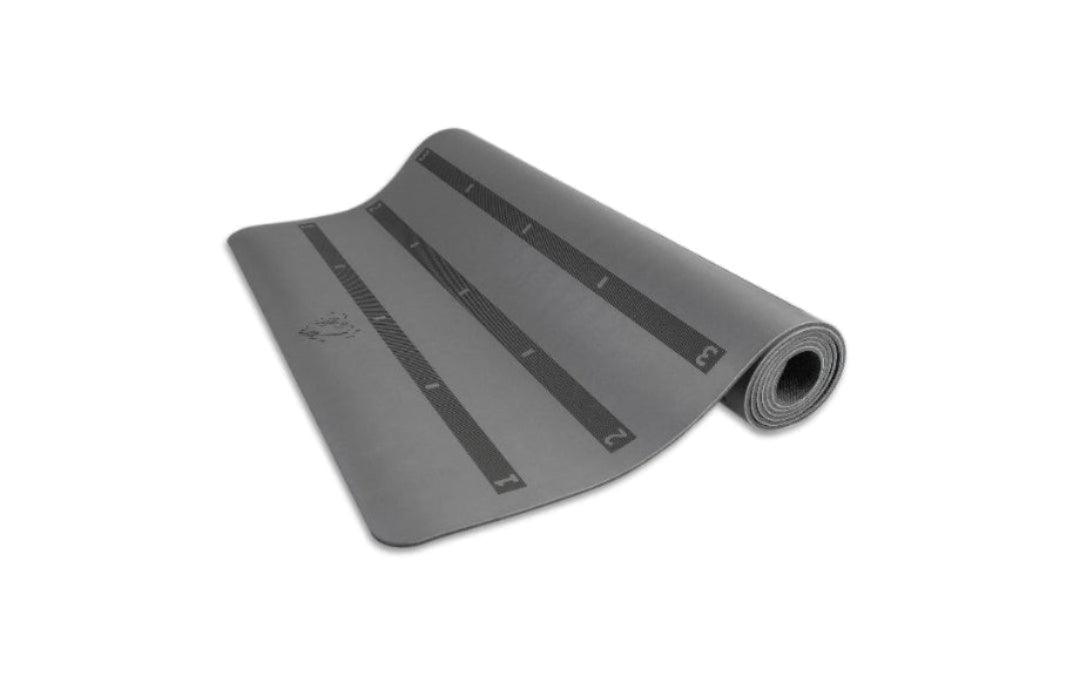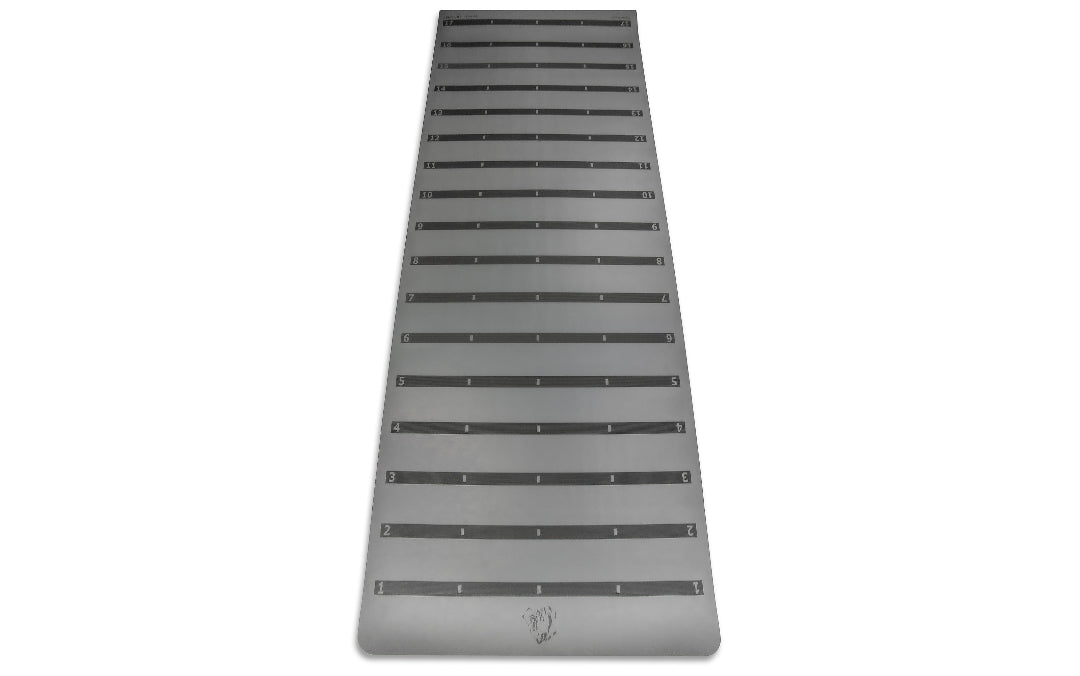Suspended exercises—movements performed using suspension straps—have gained popularity among athletes and fitness enthusiasts for their core engagement and instability-based intensity. But are they actually effective? According to current research and evidence-based programming, the answer is a strong yes.
Scientific Backing: What Research Says

Studies show that suspended exercises activate a higher percentage of muscle fibers compared to traditional resistance training. Aguilera-Castells et al. (2020) concluded that "the suspension device increased activation in most of the muscle groups participating in suspension exercises compared to traditional equipment." This muscle activation leads to improved strength and greater neuromuscular control and stability.
Further studies provide backing for incremental based training, like workouts the TygerMat are designed for. Genevois et al. (2014) used such increments to increase external and internal shoulder rotator strength. Goulet and Rogowski (2016) found similar benefits in athletes, showing improvements in tennis serve velocity and accuracy without impairing mobility.
Why Measuring Intensity Matters
One of the standout challenges of suspended training is quantifying intensity. Unlike lifting weights, where load is easily measured, variables such as strap length, body angle, center of gravity, and point of contact all influence exercise difficulty. That’s where tools like the Tyger Mat, introduced in Science and Programming: Suspended Exercises and Elastic Bands, come in.

With 10 cm (4 inch) incremental lines, it helps users measure and replicate exact positions, making workouts consistent and progression trackable. Users can:
- Track foot or hand placement to control intensity
- Log reps and distance precisely (e.g., “Line 8 / 10 reps”)
- Ensure repeatable workouts and clear progression, mimicking traditional progressive overload.
Even basic moves like the suspended row or lunge can be scaled precisely. Placing your feet closer to the anchorage increases resistance, mimicking progressive overload in weight training. As highlighted in Tyger Fit Lab’s book, users can record their workout as “Line 8 / 10 reps,” ensuring progression from session to session is structured and measurable, mirroring traditional weight training logbooks.
Safety and Consistency are Key

Safety and setup also play a pivotal role. Rojas-Valverde (2020) emphasized the importance of non-slip flooring and marking anchor distances for consistency and reduced injury risk. These small changes transform a subjective experience into a systematic training methodology.
Importantly, this blog only scratches the surface. Stay tuned for Part 2 where we will explore prone and supine suspended exercises, deeper progression models, and their specific effects on endurance and rehabilitation.
If you’re looking to challenge your body with scalable resistance, functional instability, and scientific backing, suspended exercises are not just a trend—they’re a proven path to strength and stability.




